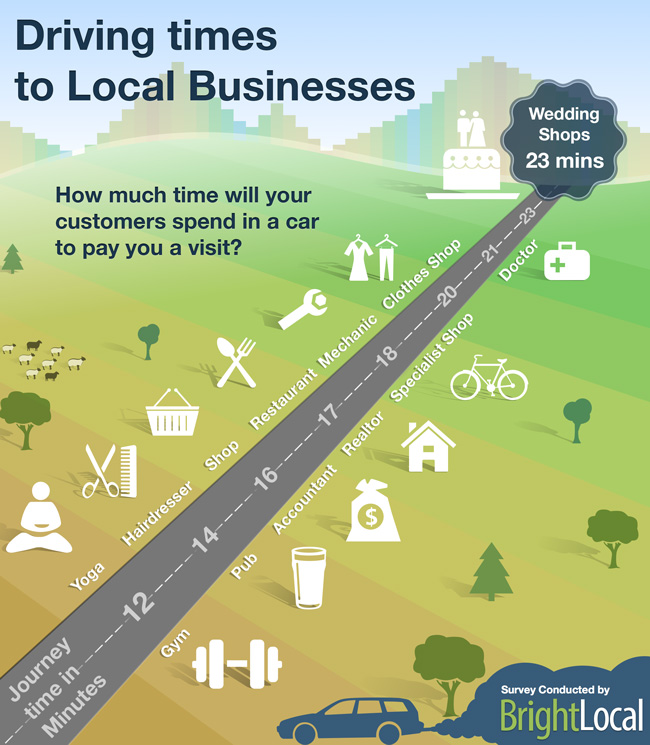I’ve been wanting to golf at a rural course for a number of years now. The reason is that this golf course now sits upon farmland that was once owned by two of my uncles. I had spent a lot of time of these farms as a kid growing up and I had only played the course once many years before and my memory suggested it wasn’t a bad little course.
So when a neighbour suggested that we get out for a round of golf, I recommended we go to this course and told him about my family heritage. He agreed and a tee time was booked.

For the sake of brevity, let’s just say the course condition was less than stellar. The fairways and greens looked like they hadn’t seen water the whole season and were harder than concrete. Needless to say I was a little embarrassed that I had recommended the course.
“…playing on what was the equivalent of a parking lot didn’t help.”
Aside from the terrible course condition, the signage was askew, and you were left to your own devices to find your way between holes. All in all, not a great experience and my score reflected my frustration. Heck, golf is hard enough at times and playing on what was the equivalent of a parking lot didn’t help.
My Google review
So, having wasted good money playing a bad course, I felt compelled to leave a Google review. Needless to say they only received a one-star and my write-up stated that the course was unkept and appeared to be unloved as well. I further stated that they clearly couldn’t maintain 36 holes, so maybe they should try to focus on 18 and do it better.
About a week or so later, I noticed a message alert in my Facebook feed. To my surprise, it was from the course operation manager asking if we could chat, to which I agreed.
This individual went on to tell me that my review pained him because they are family owned and they work hard. He further explained that their water pump had been down for three weeks and that they’d been hauling water day and night during the hottest time of the year. He then proceeded to ask me to remove my review now that he had explained his position.
My initial response to his request was that he should have let us know at the time that the course was unplayable and let us make the decision to play, or they should have offered some form of discount when we showed up. This is a common theme with many small businesses, when they are unable to provide an acceptable level of service for whatever reason. They just keep quiet and continue to charge their regular fees, instead of coming clean and being honest.
Responding to Google reviews helps
It’s been my experience, that the main driver for this type of behaviour is that they are so in need of the revenue, that they place customer service or experience a distant second. But what they don’t realize is that this attitude costs them far more in the long run and just compounds an already bad situation.
I further suggested to the individual that they should reply to my comment on Google because people want to see how businesses react to bad reviews. I also told him that responding to bad reviews with a legitimate reason actually has a positive impact. He responded that they would just prefer that I remove the original comment because they don’t think they should have to air their disputes in public.
Shortly after this, the conversation started going off the rails. I explained to him that I wasn’t prepared to remove my comments, because I experienced a subpar course regardless of the reasons. In addition, I also wanted him respond to my review as I knew it was in his best interest, but he wanted none of that.
The point of this story is that far too many businesses fail to pay attention to the impact of good or bad reviews can have on your business. But even more importantly, is the impact you can have in responding to any and all reviews. Just think of how you go about searching for goods or services on Google. Once you’ve narrowed down the search results, do you read the Google reviews? How do you react when you see reviews that have no response from the business owner? How do you feel when there is honest commentary from the business owner to each comment?
When asked, most people agree that they value Google reviews when researching businesses and the research overwhelmingly support this position. Unfortunately, too many businesses do not pay any attention to this free resource and it’s costing them a lot of business.
Google provides every business the ability to be listed in their search results. It’s always of interest to me when I do a search within an industry to see businesses that haven’t claimed their listing. To find out if your business is listed, simply go to Google my Business. If your business is not listed, they make it quite easy to get a listing included in their search results by logging in and completing your business profile. That way you’ll be able to get the benefits of having Google reviews
In a recent survey by BrightLocal, an online agency that helps marketers working with a local business do their job better, found the following key statistics:
Key Statistics
- 90% of consumers used the internet to find a local business in the last year, with 33% looking every day
- 82% of consumers read online reviews for local businesses, with 52% of 18-54-year-olds saying they ‘always’ read reviews
- The average consumer reads 10 reviews before feeling able to trust a business
- Only 53% of people would consider using a business with less than 4 stars
- The average consumer spends 13 minutes and 45 seconds reading reviews before making a decision
- Among consumers that read reviews, 97% read businesses’ responses to reviews
A link to the complete survey results can be found here:
https://www.brightlocal.com/research/local-consumer-review-survey/#influence-of-reviews
Additionally, research has also found that consumer give more credibility to businesses that respond to reviews, good or bad. That’s because it shows that the business actually cares about their customer service. For proof, just think about how you react to reviews with and without responses from the business. I know how I feel, but to qualify this, I asked approximately 10 people what their thoughts were regarding businesses that respond to reviews. 100% agreed that they look favourably upon those businesses that take the time to respond.
Make them personal
If you’re going to respond to review, avoid the standard cut and paste responses, such as “Thank you” and make them a little personal. Whatever you do, do not offer any discounts or bribes to people in order to get them to write a Google review. It’s highly frowned upon by Google should they find out and will seriously impact your search ranking. However, asking people for reviews is quite acceptable and worthwhile.
As for my little story, in order to end my conversation with the individual, I stated that I will consider updating my comments to reflect that the owner did reach out to me. However, after further ruminating on the subject, I decided not to update my comments. My rationale was that it’s not my responsibility to do his job.
I’d like to know your thoughts if you were faced with a similar situation. So, leave your comments below.
You may also enjoy Want More Sales-Follow up
If you found this of value, please pass this along to any business owner that you fell could benefit by understanding the upside to Google reviews.
Get More LIFE Out of Your Business
You shouldn’t be the hardest working person in your company.
Many small business owners find that even after the struggling start-up years, they’re working too many hours and still managing every aspect of their businesses.
Greg Weatherdon has been there, done that. As an entrepreneur, he learned not only how to get a business to the point of running smoothly, but also how to reduce the number of hours he worked, delegate more responsibility to his employees, and take longer vacations while his business chugged along like a well-oiled machine. And now he is providing the secret to success.
Do you suffer from any of the following?
1. Business ownership isn’t living up to the dream.
2. Endless workdays.
3. You can’t find good people.
4. Profits are less than expected.
5. You can never take a vacation.
You’re not alone. But there is a solution. As Greg demonstrates, with some time and effort, you really can Get More Life Out Of Your Business.




